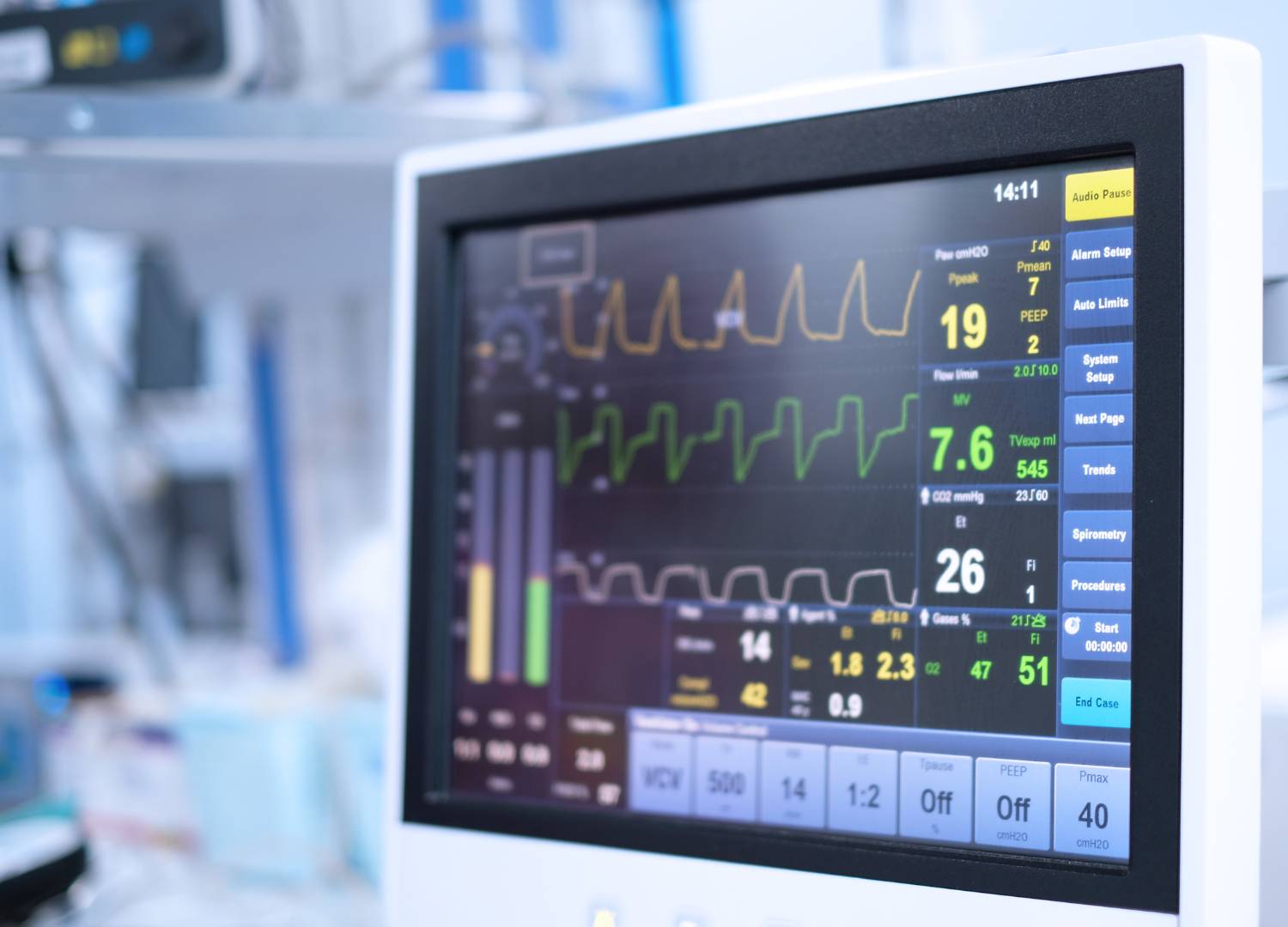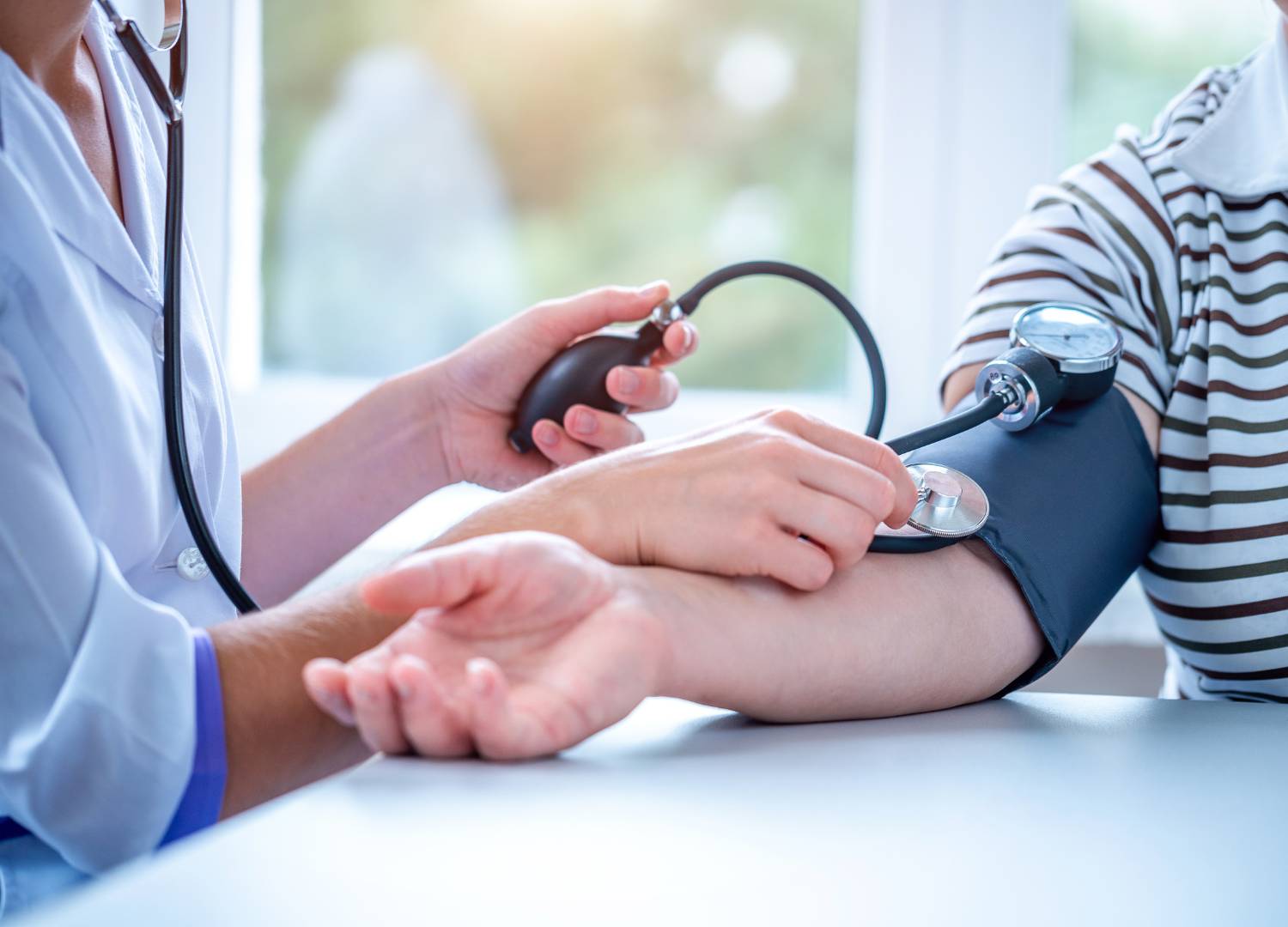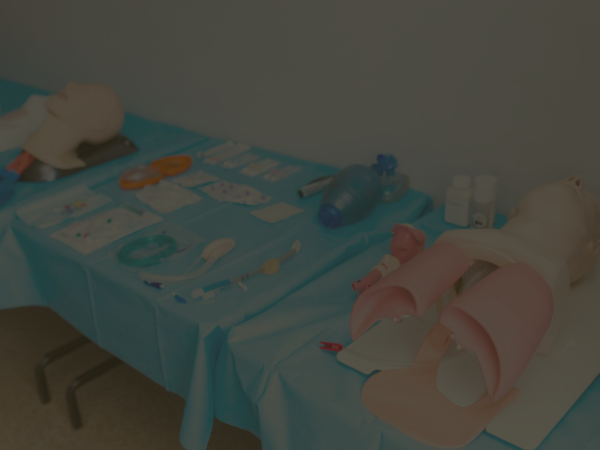What is atropine? Atropine, also known as atropine sulfate, is an FDA-approved medication for anti-sialogogue and anti-vagal effects. It is also effective for the treatment of Organophosphate, muscarinic poisoning, and bradycardia. It is a competitive antagonist of muscarinic receptors, making it an anticholinergic drug. Utilizing it at the right time and for the right purpose is critical for rescuers.
What Is Atropine Used For?
Atropine treats various conditions. It may help in:
- Reducing saliva and fluid in the respiratory tract can help those who struggle to breathe due to fluid presence or can be used during surgery to eliminate the overproduction of secretions.
- It can be used to treat poisoning from mushrooms or insecticides.
- It may also be used as an emergency method to slow the rate of the heart.
When considering what is atropine used for, note that it can be used in various other applications. Yet, it does cause serious injury risk in some patients. Research from the American Journal of Cardiology indicates this drug may be applicable in patients displaying heart rate turbulence, a short-term oscillation in sinus cycle length that can be a predictor of mortality in patients with myocardial infarction or congestive heart failure.
What Is Atropine Used for with the Heart
For rescuers, the use of atropine is most likely associated with stabilizing the heart rate. Atropine is a first-line therapy or Class IIa for symptomatic bradycardia. In situations where there are no reversible causes, atropine may be used as an immediate supportive treatment, as noted by StatPearls.
Treatment for brady dysrhythmias is indicated when structural disease is located in the nodule system. It may also be used in situations where a heart rate is below 50 beats per minute and when a patient has unstable vital signs. StatPearls indicates that about 20% of these arrhythmias are due to endogenous cardiac electrical systems.
Once administered, the use of this drug must be carefully monitored to determine if improvement is seen. If not, the dose of atropine may be repeated, but in most situations, atropine will not likely be effective in recovering the patient and alternative methods of treatment may be necessary.
In situations where there is transient improvement when repeated doses are administered, additional treatment with the medication could provide additional benefit. In some situations, patients may benefit from dosing above the recommended levels when other treatment fails.
What Is Atropine Used for in Pediatric Patients?
Atropine may be used in children for various other reasons. However, pediatric bradycardia is very rarely related to cardiac conditions and is often a secondary indication of hypoxia or hypoventilation. In situations where these two conditions are improved or if bradycardia persists even with adequate respiratory support, at that point, atropine may be applied as a treatment.
What Is Atropine Sulfate Used for in Rapid Sequence Intubation Pretreatment?
It is not recommended that atropine sulfate be used as a routine treatment. However, it may be applied about three to five minutes prior to initiation of rapid sequence intubation (RSI). In this way, it can help prevent bradycardia from occurring during the intubation process.
In situations where a patient exhibits bradycardia post-intubation, the application of atropine is indicated. This is more commonly seen in pediatric patients due to the predominance of vagal response. In this way, it should be considered a commonly necessary treatment.
What Is Atropine Used For Beyond the Heart?
When you consider what is atropine used for, it helps to consider the vast number of applications beyond the use of heart-related treatment. Additional uses include the following:
Atropine eye drops
Ophthalmic atropine is used to dilate the eyes or open the pupil. It may also be used to reduce pain in this area due to swelling or inflammation in the eye. In this way, the medication is applied as a solution or eye ointment directly to the eyes. This can be done two to four times a day. As noted by the National Library of Medicine, it requires prescription management.
Antisialagogue
Atropine is very commonly used for its anti-salivation effects. However, it is not formally recommended as a routine strategy. It is best used in situations where the airway needs to be controlled, such as intubation. When used in intubated patients, it works well to reduce the salivation process, though other medications, including glycopyrrolate, are considered far more effective.
Anticholinergic poisoning
Another application of atropine is for the use of poisoning. It works as a counter-muscarinic effect. In situations where there are local symptoms, such as in the respiratory tract or eyes, the use of atropine is not indicated. Rather, in patients who have bronchial secretions, bradycardia, or hypersalivation from the poisoning, the use of IV atropine is recommended.
What Is the Initial Dose of Atropine?
The dosing of atropine is dependent specifically on the application. However, it is administered through an IV, subcutaneously, intramuscularly, or endotracheal, depending on needs. IV dosing tends to be the most effective and ideal situation, especially for bradycardia rhythms. Consider the following:
- Bradycardia: Administer 1 mg every 3 to 4 minutes, with a 3 mg maximum. Repeat this until the desired heart rate is achieved. This is most likely to be helpful for sinus and AV nodal disease.
- Antisialagogue and anti-vagal: Administer 0.5 mg to 1 mg every 1 to 2 hours
- Organophosphate or muscarinic poisoning: 2 mg to 3 mg every 20 to 30 minutes, though it may require dosing as high as 20 mg. Titrate to effect for secretion control.
- Pediatric dosing: 0.01 mg to 0.03 mg every 3 to 5 minutes with a minimum dose of 0.1 mg and a maximum dose of 0.5mg in a child or 1.0 mg in an adolescent. The maximum cumulative dosing should be 1 mg for a child and 2 mg for an adolescent.
- Rapid intubation pretreatment: 0.01 mg through an IV for adults who have bradycardia secondary to repeat dosing of succinylcholine and 0.02 mg in pediatric patients with a minimum dose of 0.1 mg but not recommended as a routine treatment.
Dosing is listed as noted by StatPearls.
Potential Side Effects Associated with Atropine
Patients may exhibit a wide range of side effects from atropine. Use of the medication should be stopped if a person experiences severe or prolonged symptoms such as:
- Eye irritation and redness
- Fast pulse
- High pressure in the eyes, glaucoma
- Irregular heartbeat that does not improve
- Abdominal blockage, or pyloric obstruction
- Mucus buildup in the airways
- Irritability
- Difficulty urinating
- Mental confusion
- Fever
- Red or dry skin
- Blurred vision
Excess dosing of atropine can lead to palpitations, difficulty with swallowing, dizziness, tremor, and dilated pupils. Some people may experience difficulty with coordination.
Contraindications of Using Atropine
There are some indications that atropine should not be used. It does not carry an FDA Boxed Warning. It also does not contain any absolute indications. In some patients, the use of this medication can prove to be complicated and risky, including in the following situations. Clinicians should closely monitor the use of this medication in patients who have:
- Coronary heart disease
- Congestive heart failure
- Acute myocardial ischemia
- Tachycardia
- Hypertension
In these situations, the increased cardiac demand from the use of atropine coupled with the existing conditions could worsen tachycardia and hypertension to a detrimental level.
Also notable, atropine should be carefully monitored in other high-risk patients, including:
- Elderly patients
- Patients with chronic lung disease
- Acute angle glaucoma patients
- Patients with obstructive diseases, including toxic megacolon, uropathy, pyloric stenosis, prostatic hypertrophy, myasthenia gravis, or paralytic ileus
- Patients with environmental heat exposure
Monitoring After Administration of Atropine
Patients given atropine will need to be monitored in the short term. The most common side effect is tachycardia, which can be problematic to patients who already have complex health conditions.
When treating brady dysrhythmia, patients should receive a titrated dose of the medication if they have coronary artery disease, with careful monitoring for any adverse side effects.
Also note that patients who have acute angle glaucoma, pyloric obstruction, or urinary retention due to prostatic hyperplasia should be monitored carefully during the first few hours.
Giving Atropine in an Emergency Situation
The vast number of ways atropine can be used can make it a critical medication in various situations. However, there are risks to use, and therefore, it should be fully understood how to administer and manage this medication when giving it in an emergency situation.
Atropine is considered the first-line treatment for bradycardia. In an emergency situation, it may be used to speed up the beating of the heart. Atropine works to block the effects of the vagus nerve on the heart. When there is a blockage of the vagus nerve, the SA node increases its rate of electrical discharge. As a result, the discharges fire off more often, and that improves the rate of heartbeats. What is atropine used for in bradycardia? It can help to elevate a patient’s heart rate.
Keep in mind that, in an emergency situation, atropine can worsen some conditions. If a patient displays myocardial ischemia or hypoxia, this can lead to complications because it increases the body’s need for oxygen. This worsens ischemia in patients who are already struggling and, therefore, may not be ideal.
In an emergency situation, atropine should be given:
- 1 mg IV every 3 to 5 minutes in adults. The maximum total dosage should be 3 mg in most situations.
At the same time, note that if a person is hypothermic, the application of atropine should not be given even in an emergency situation. It is not likely to be effective for Mobitz type II or Second-degree block type 2 or in situations of complete heart block.
Other Medications Available for the Treatment of Bradycardia
Atropine is typically the first and primary choice for treatment of bradycardia. In an emergency situation, a provider should administer one dose of atropine to determine if it is an effective treatment. If it offers even limited benefits, secondary doses may apply up to the maximum dosing allowable. However, in situations where the first dose does not create any improvement, moving on to other medications and treatments is necessary.
Epinephrine and dopamine are two of the most common second-line drugs for those suffering from symptomatic bradycardia. Both can be used as an infusion in situations where the atropine injection has not helped. The dosing of these medications through an IV infusion should allow for 1 mg of epinephrine mixed with 500 ml of NS or D5W. This infusion should run at a rate of 2 to 10 mcg per minute and then titrated to the patient’s response to it.
Alternatively, the use of dopamine may be used. A 400 mg dose is mixed with 250 mg NS. This should then be infused at a rate of 5 to 20 mcg per minute. It is then titrated based on the response from the patient.
In some patients, synchronized cardioversion may be a necessary further treatment. Addressing other underlying causes may also be necessary in patients who do not respond. Follow the ACLS algorithm to ensure effective treatment for prolonged symptoms in patients. Treatment of the underlying condition may also be a necessary step to reverse these rhythms.
Utilizing Atropine as a Component of Life-Saving Care
For those who are learning how to save a person’s life, the administration of atropine may be a component of that at some point. A good starting point for this process is gaining the necessary skills to provide aid with heart-related ailments as they occur.
In patients with bradycardia, rescuers need to know how to follow the ACLS algorithm for administering care. The adult bradycardia with pulse algorithm is utilized in patients who have a heartbeat that is under 50 beats per minute.
This process is briefly outlined here:
- Determine if a patient’s heart rate is under 50 beats per minute to diagnose bradyarrhythmia.
- Treat the underlying cause. This may be hypoxemic, which requires administering oxygen, applying a cardiac monitor to identify rhythm, monitoring both blood pressure and pulse oximetry, establishing IV access, and assessing, if possible, with a 12-lead ECG.
- If bradyarrhythmia is persistent, it could be related to acute heart failure, chest pain, shock, hypotension, or other factors.
- Administer atropine. If ineffective, administer transcutaneous pacing, dopamine infusion, or epinephrine infusion.
Get the Education and Knowledge You Need to Save a Life
ACLS certification equips you with the critical skills to handle emergencies, including the proper use of life-saving medications like atropine. Knowing when and how to administer atropine can be the difference between life and death in a cardiac crisis. Get the training you need with an ACLS certification from Save a Life by NHCPS and ensure you’re fully prepared to respond when it matters most.









Leave a Reply